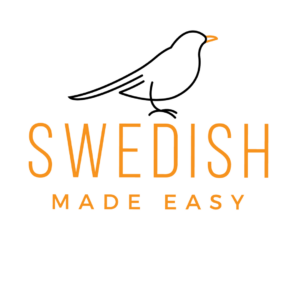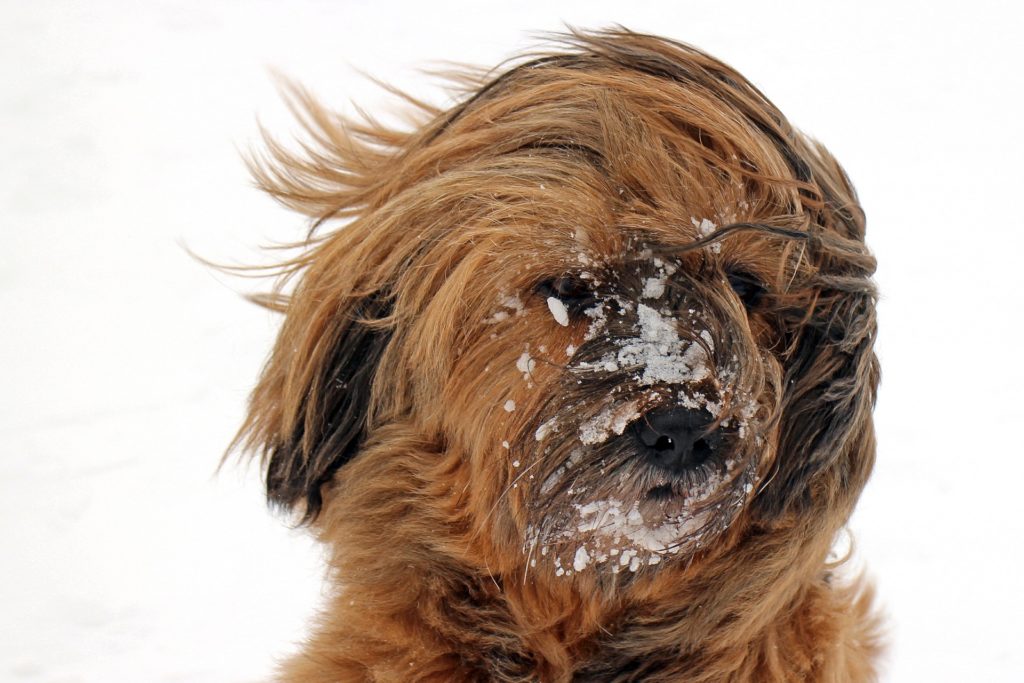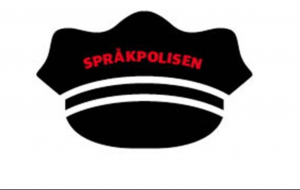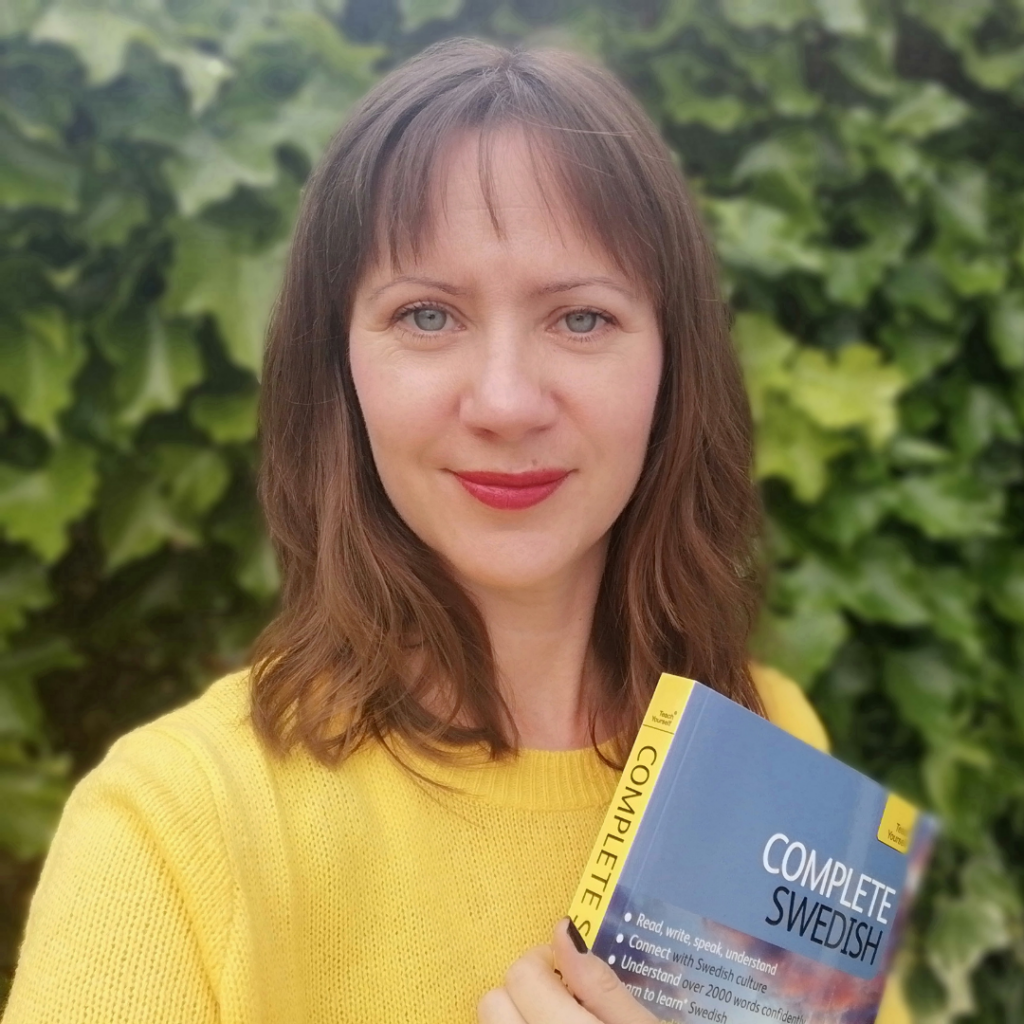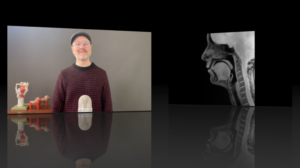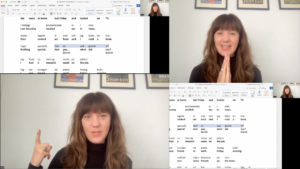Rubbing snow in someone’s face
A common conception is that Eskimos have over 100 words for snow, as they have so much snow in their everyday lives. By the looks of things, Swedes spend the whole winters rubbing snow in each others’ faces – at least judging by a survey a few years ago that found 95 ways of saying ‘rubbing snow in someone’s face’.
The survey was carried out by a radio programme on Swedish radio (Språket i P1), asking what words people use, or have used as children, to describe the act of ‘rubbing snow in someone’s face’. 6,000 people from the whole of Sweden participated in the survey, which revealed 95 ways of saying this. Here are some of the verbs, from south to north.
How to say rubbing snow in someone’s face in Swedish
Malmö
80 people use the word mula.
Skåne
In the rest of Skåne, mula dominates, but not as clearly as in Malmö.
Mula 267, kröna 53, tvätta 17, salta 10, mosa 7, sylta 4, gnida in 4, gnugga 3
The survey states that kröna is typical of Skåne.
Blekinge
The survey found one unique word in this region: mora.
Mula 32, mora 24, gno 7, mosa 5, döpa 2
It is interesting to see how different the words are in Blekinge, compared to Skåne – even though they are so close geographically.
Halland
The Halland-dialect also had a unique word: molla.
Mula 91, molla 29, möla 13, klena 4, göra 4, kröna 3
Småland
There were large variations throughout Småland, but the general trend is as follows:
Mula 311, mylla 79, bryna 19, myla 16, mosa 12, gno 11, mulla 6, myra 2
Notice how some of the words form a kind of cluster, which is probably illustrating how one form has transformed into another one. This is probably the case with for example mula, mulla, myla, mylla and myra.
Apart from mula, mylla is considered typical for Småland.
Among people born after 1970, almost only mula and mylla are mentioned.
Öland
Mula 14, mylla 4, pula 2
Very similar overall patterns to Småland in general, according to the survey.
Gotland
Bryna 19, mula 12, bröine 3
Bryna is the typical word for Gotland.
Östergötland
Myla 148, mula 142, pula 5, mylla 3
Myla is typical for this region. It is also interesting to note only 3 examples of mylla, which is the typical expression of Småland, just south of Östergötland.
Södermanland
Mula 126, pula 87, pöla 23, snöpula 5, möla 4
There was only 1 example of myla in Södermanland, which was the typical word in Östergötland – the neighbouring region. Some of the strong dialect boundaries are fascinating, don’t you think? Instead, Södermaland belongs to a greater pula-area, which can be found in Närke, Västmanland and neighbouring regions.
Västergötland
Mula 206, göra 86, grosa 23, möla 18, tvätta 16, gnosa 12, pula 9, gno 8, mylla 6, snötvätta 5, gni(da) 5, gnugga 4, sylta 4
Mula is top of the chart here, and möla is probably also a variation of mula.
Typical for Västergötland is the (hard g -pronounced) göra as well as grosa och gnosa.
Göteborg
Mula 159, göra 69, gira 43, môla 36, sylta 34, gura 16, salta 3
Typical for Göteborg is mula och môla, but also the words göra, gira, gura and sylta. Gura and sylta is not as common among younger people, but göra, gira and môla could be found across generations.
Bohuslän
Mula 66, môla 11, mulla 9, mölla 7
All appears to be variations of mula.
Dalsland
Mula 17, môla 7, tryna 7
The last form, tryna, can also be found in Värmland.
Värmland
Kryna 81, mula 45, tryna 27, krôna 14, bryna 11, mölla 7, mölja 7, pula 5, snöbryna 3
Typical for Värmland are kryna, tryna, bryna and krôna. Together, they are three times as common as mula. Mula and tryna are common among younger, whereas kryna, bryna and krôna are less common.
Närke
Pula 56, mula 35, snöpula 6, snötvätta 5
Pula is clearly dominating in this region.
Västmanland
Pula 64, mula 35, snöpula 6, bryna 2, tryna 2, snöpudra 2
Very similar pattern to Närke.
Uppland
Mula 153, mulla 62, pula 24, snöpula 5, mudda 5, snömulla 3
Typical for Uppland is mulla.
Stockholm
Mula 800, pula 8
Stockholm is suprisingly homogeneous, despite a total of 843 participants: 98 % state mula. How come Stockholm has not been influenced by neighbouring regions?
Gästrikland
Purra 18, pula 18, mula 15, snöpula 11, snöpurra 9, snötvätta 2
Typical for Gästrikland is purra and pula.
Hälsingland
Pula 31, mula 27, snöpula 9
Hälsingland also belongs to the pula-area.
Medelpad
Mula 58, pula 2
Pula pretty much stops by the border between Hälsingland and Medelpad.
Dalarna
Mula 55, pula 45, snöpula 13, myla 6, möla 3, mulla 3, snötvätta 3
Dalarna also belongs to the pula-area. But how about myla – are there any connections to Östergötland?
Härjedalen
Mula 5
Lack of participants here.
Jämtland
Mula 45, purra 21, pula 8, döpa 7
Typical was purra, alongside mula. Purra is thus used in both Jämtland and Gästrikland, even though these areas do not share any borders.
Lappland
Mula 11, pula 7, möla 3, myla 2, snödöpa 2
Ångermanland
Mula 78, mjula 6, mjöla 4, pula 3
Mula is definitely dominating.
Västerbotten
Mula 78, mubba 10, möla 7, snödränka 6, mobba 5, möla 3, pula 3, snödöpa 3, snömula 3, döpa 2, tvätta 2, mööl 2
Second most common word was the unusual mubba, which was only used by participants born between 1950 and 1970. However, it may be related to the word mobba (bullying), which would make sense.
Norrbotten
Mula 47, snöbada 29, snödöpa 7, snödoppa 4, gnida 4
Typical for Norrbotten are combinations with snö. 21 different words were mentioned, for example måda, mosa, gnugga, gnogg and, from Överkalix, gnäir.
Finnish variations
Österbotten: mula 3, pesa 3, tvätta 2, tåväl 1, såvla 1, dövla 1, myla 1
Nyland: mula 6, pesa 6, tvätta 3, snötvätta 2
Åboland: mula 5, pula 2, snötvätta 2
Åland: måda 5, skura 2, mula 1, gnosa 1, gno in 1
In Österbotten and Nyland, the word pesa comes from the finish word for ‘tvätta‘ (to wash) with a Swedish infinitive form.
